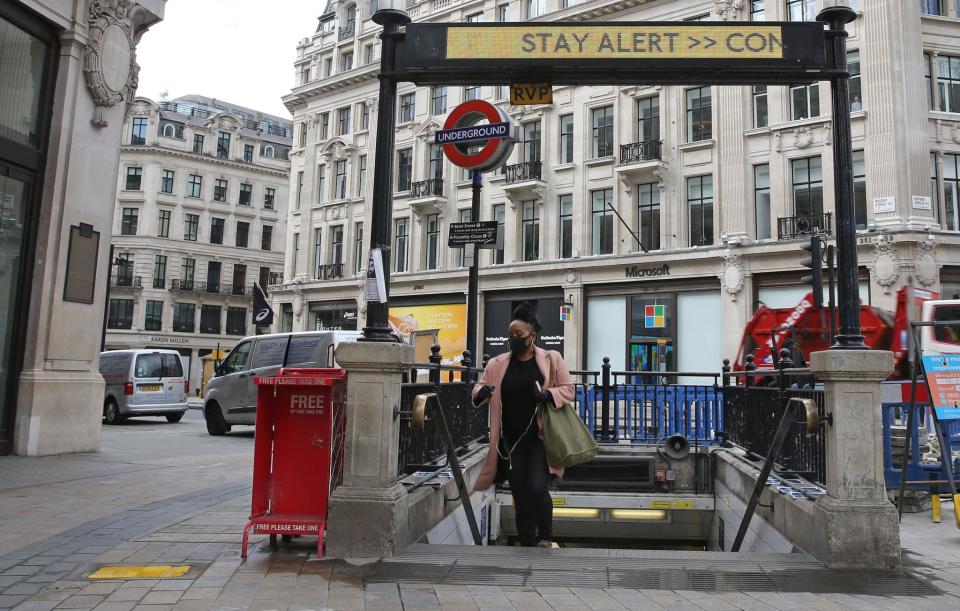Coronavirus: What are the government alert levels and what do they mean?

The UK’s Joint Biosecurity Centre has recommended the country’s Covid-19 alert level be raised from three to four - only one step away from the most severe level - after the rate at which the virus is spreading increased.
Three months ago the alert level was reduced from four to three as the rate of infection fell.
But what is the alert system and how does it work?
What is the alert system?
The Covid Alert Levels system was announced by Boris Johnson in his televised address to the nation on 10 May.
The system is similar to that used to establish the terrorist threat and run by the new Joint Biosecurity Centre.
It has five tiers from level one to five based on the spread of Covid-19 through the country, with five being the highest.
How does it work?
Mr Johnson said that the country’s alert level would be determined primarily by the virus’ reproduction rate – the average number of people that will contract coronavirus from an infected person – and the number of coronavirus cases.
The level then informs the government what measures are needed to combat the spread of the virus, with higher levels requiring stricter controls.
What are the different levels?
Level five is when transmission is high or rising but also when there is a risk of healthcare services being overwhelmed and will require an increase in social distancing measures.
When the scheme was launched, the country was at level four, which means a “Covid-19 epidemic is in general circulation, transmission is high or rising exponentially”.
In June the level was reduced to three, which is when the epidemic is in general circulation and gradual easing of restrictions can take place.
Level two is when the number of cases and transmission is low and “no or minimal” restrictions are required.
The system says that current social distancing measures and restrictions should remain in place.

But under level two there will be enhanced testing, tracing, monitoring and screening.
Level one means Covid-19 is no longer known to be in the UK and the only action should be “routine international monitoring”.
Government guidance states that a reduction of the alert level three will mean the “gradual relaxing of restrictions and social distancing measures”.
The UK’s chief scientific and medical advisers, Chris Whitty and Sir Patrick Vallance, warned of a potential incoming surge of cases across the UK - with more than 200 deaths a day predicted if the current rate of infection is not halted.
Mr Johnson established a new Joint Biosecurity Centre to run the alert system.
The R number is between 1.1 and 1.4 - meaning that for every 10 infected people, the virus is passed on to between 11 and 14 others.
The chief medical officers of England, Wales, Scotland and Northern Ireland said in a joint statement: "After a period of lower Covid cases and deaths, the number of cases are now rising rapidly and probably exponentially in significant parts of all four nations.
"If we are to avoid significant excess deaths and exceptional pressure in the NHS and other health services over the autumn and winter everyone has to follow the social distancing guidance, wear face coverings correctly and wash their hands regularly.
"We know this will be concerning news for many people; please follow the rules, look after each other and together we will get through this."
Read more

